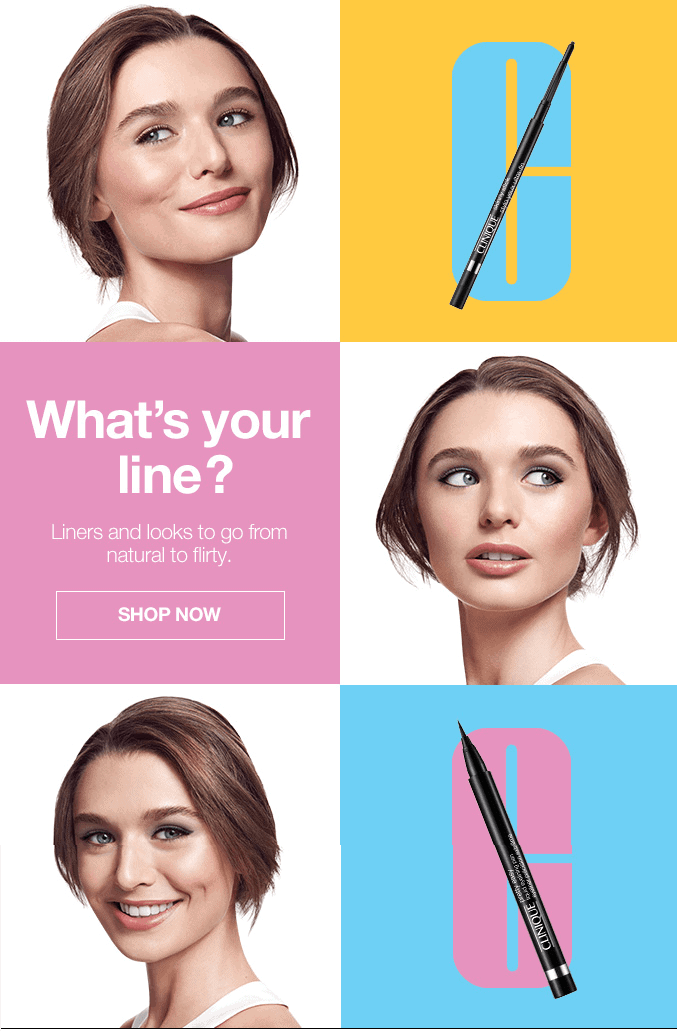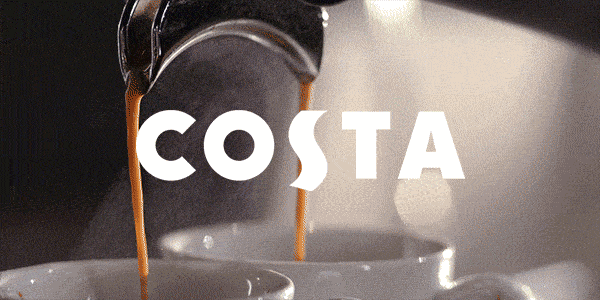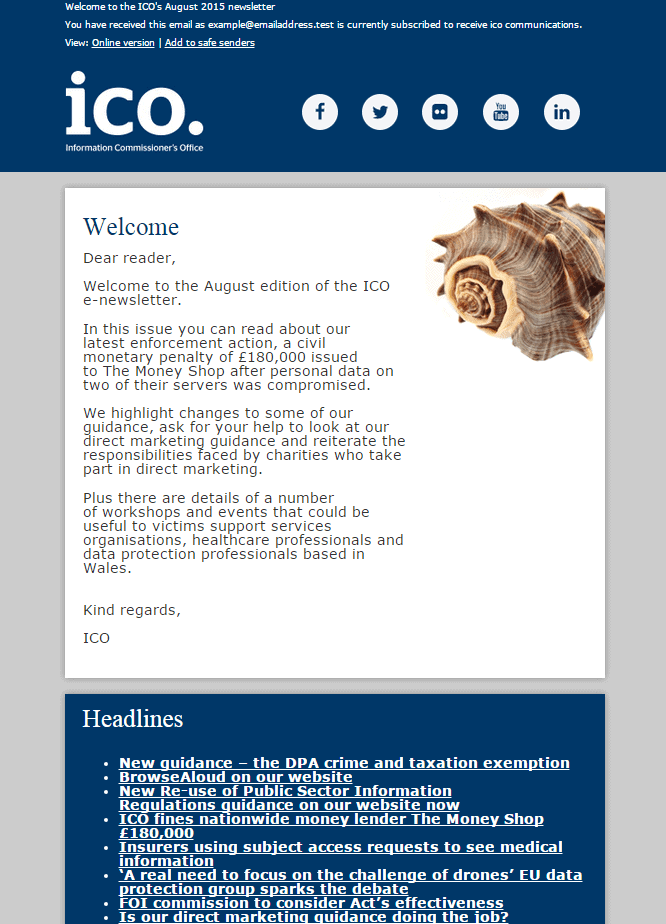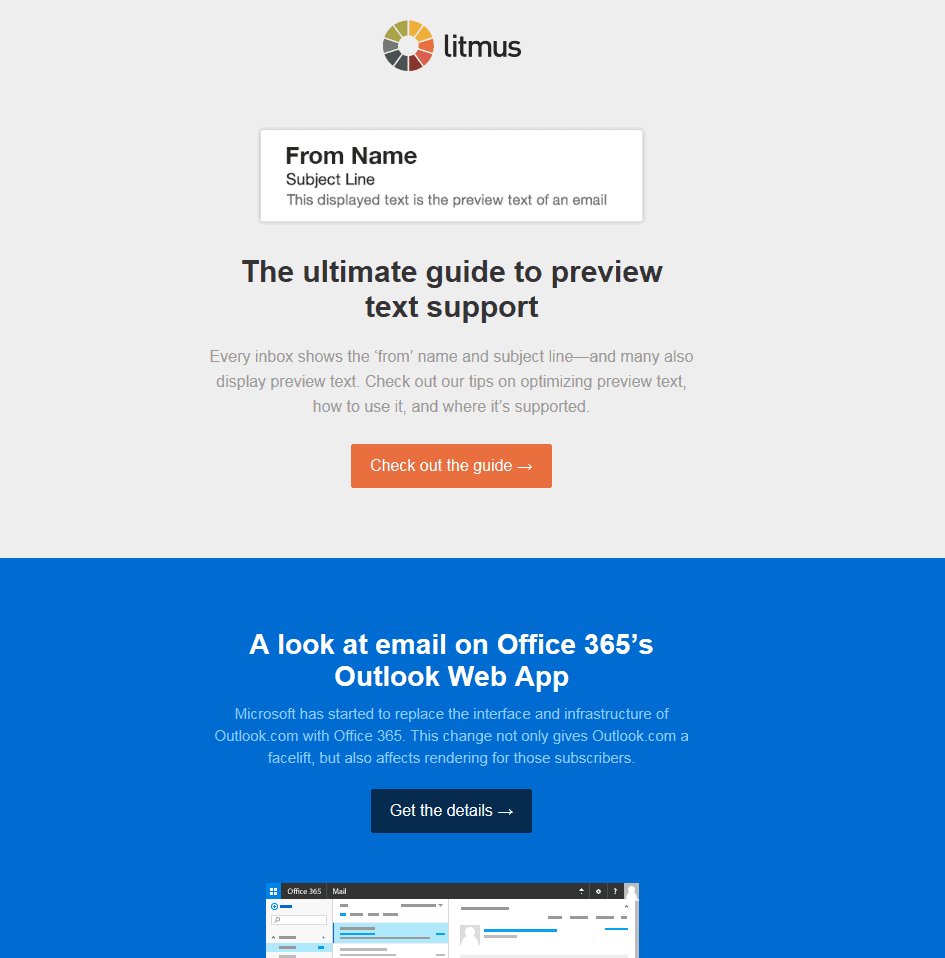Recent articles estimate the average consumer sends and receives 88 emails a day. Now that’s a lot of emails to sift through. So how do you make your newsletter stand out from the crowd? What will make your recipients stop in their tracks when they see your latest newsletter sitting in their inbox?
Take on board the below tips and check out some examples of our favourite newsletters.
Balance your content
Not everyone is in the mood to spend, spend, spend all the time. In fact, being inundated with sales emails can make subscribers irritated with your brand, and even less inclined to spend.
Make sure you get the right balance of information-led content and promotional articles. Try one promotional piece for every three pieces of advice or information. For example, instead of cosmetics companies regularly emailing me about the latest offers and deals, I’d be more willing to purchase from them if I was given ideas for makeovers, or how to recreate a certain look first.

Clinique introduces their subscribers to three eye lining looks and how you can achieve them
Get creative and break the mould
Your newsletter design should be something your recipients recognise straight away. Food or travel newsletters may rely heavily on images as this can be a great visual incentive for conversions. How about experimenting with animation or videos to highlight specific articles?
Include an element that makes your newsletter unique and exciting. For example, Costa Coffee emails always start with an animated GIF that is themed to the newsletter, and every time I get their newsletter I’m eager to find out what they’ve come up with next!

But before you do a re-design overhaul, check your Email Client Reports to see what devices your audience is opening their newsletter on. For example, those opening on mobile devices will instantly be able to view animated GIFs or videos playing, whereas those on Outlook would be getting a different user experience when images haven’t automatically been downloaded.
What makes your audience tick?
Know your audience and ultimately know what kind of message your newsletter should be delivering. Are your recipients time-poor commuters who just want a snapshot of the latest news, or are they willing to browse your website for more extensive information?
A newsletter can only contain so much content without losing your recipients’ interest so make sure you know where that limit is. An F shaped layout can work best as it follows a recipients’ eye line. This may be just enough to grab their attention so they can come back to your newsletter at a later date.
Are your subject lines the best they can be?
The subject line is arguably the most valuable piece of content your recipients’ will read. So make sure it’s something recognisable, yet intriguing to entice them to open. Try split-testing which keywords appeal most to your audience, or better yet subject line length. Do short and snappy subject lines work best, or do your contacts respond better to wordier subject lines? To get some inspiration for subject line keywords, download a free copy of our most recent Subject Line Analysis Report focusing on four industries.
Or how about complementing your subject line with the pre-header? Inserting a snippet of text that will appear as an extension of the subject line can be a great way to optimise that empty space.
What is the one thing you want your subscribers to do?
Newsletters with great engagement are those that don’t confuse or overwhelm recipients. Using a leading call to action which stands out against the rest of the newsletter means your audience knows what your message is, whether this is ‘shop now’ or ‘read more’.
Experiment with the layout of your newsletter and placement or colour of your call to actions to see which produces the best results. A plain text call to action with the recognisable blue and bold underlining may just perform better than a contrasting coloured button, so keep testing! You can get more ideas for testing and a handy planner in our testing guide.

The ico set expectations of their content in every newsletter by including a short description

Litmus experiment with colours and placement for their calls-to-action
Start off on the right foot
Once a contact has signed up to receive your newsletter, make sure to set out exactly how you will be using their data. Set expectations about what content they will receive and at what frequency. If it happens a subscriber is really unhappy with your newsletters, give them a chance to customise what they receive with a preference centre. This can allow them to opt down for a monthly dose of news instead of on a weekly basis, rather than unsubscribing completely.

